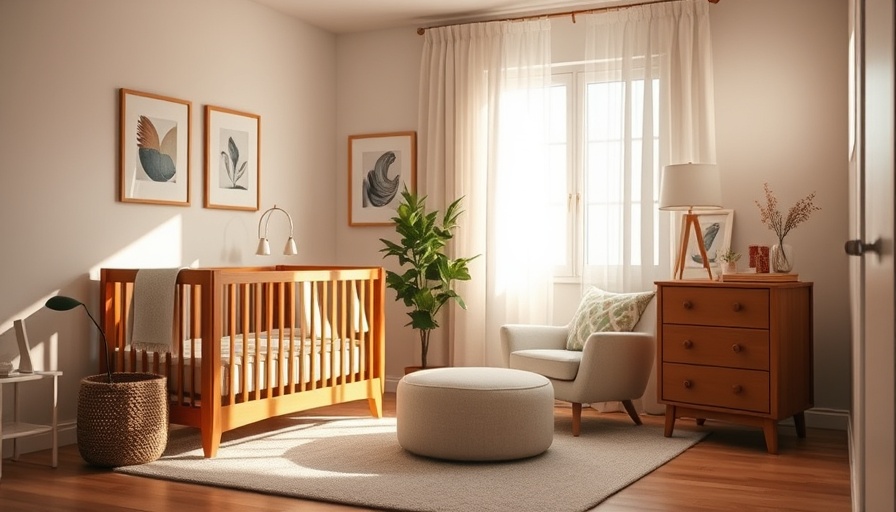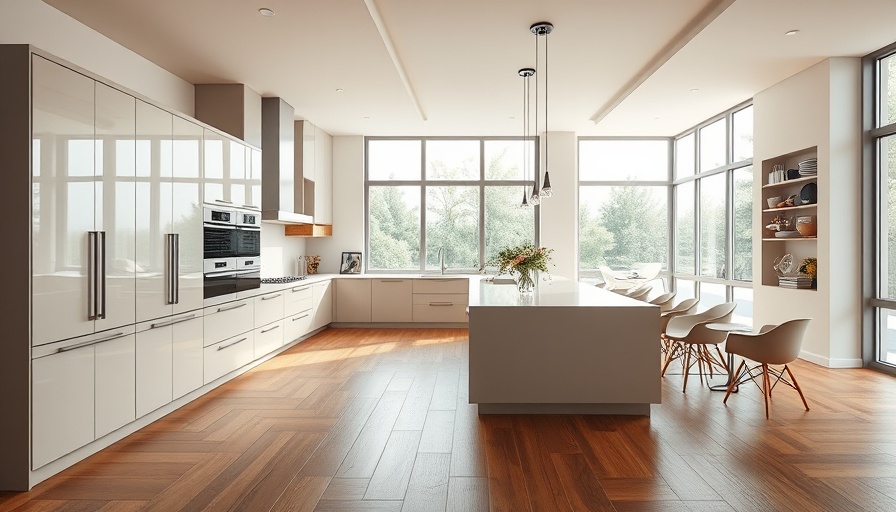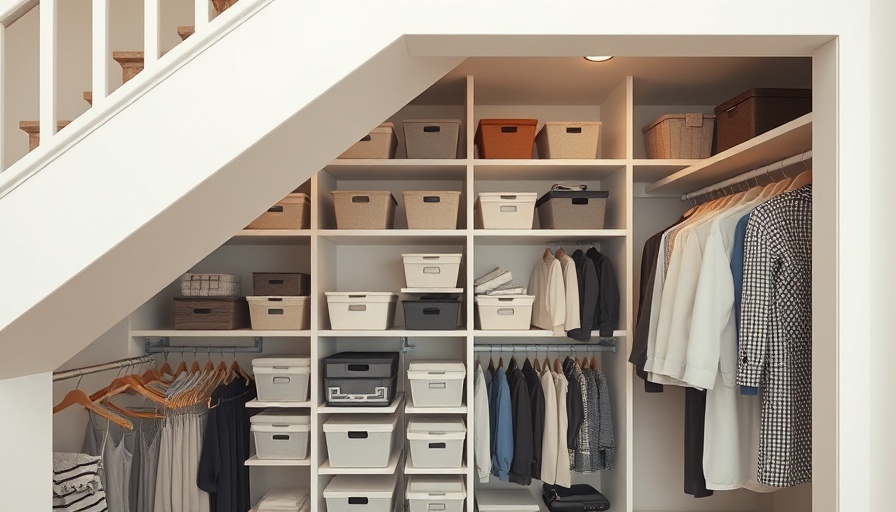
Understanding the Roots of Household Clutter
If clutter has taken control of your space, you're not alone. Many individuals struggle to maintain a tidy living environment filled with daily distractions, emotional baggage, and unexpected life changes. Often, the key to overcoming clutter lies in recognizing its hidden causes. In this article, we will explore six common reasons clutter accumulates in homes, particularly in California, and offer practical strategies for addressing these challenges.
1. Shifting Life Circumstances
Life changes can trigger an avalanche of clutter. Events such as welcoming a new baby, starting a demanding job, or shifting homes often lead to disarray. For instance, when parents move into a new home in California, they might find packing materials scattered, toys piling up, or unpacked boxes teetering in the corner. These transitions are typically temporary but can create significant stress. Seeking support from friends, family, or professional organizers can make navigating these changes easier, allowing families to settle into their new routines quickly.
2. Decision Paralysis
Have you ever faced a pile of belongings but felt overwhelmed by what to do next? This phenomenon, known as decision paralysis, often leaves items accumulating because individuals struggle to decide on their fate. Consider creating a straightforward categorization system: keep, donate, recycle, or discard. Mentally separating items can simplify the decluttering process and empower you to make timely decisions.
3. Inefficient Systems
Many homes lack effective organizational systems, which can facilitate clutter buildup. Without designated places for items, it's easy for belongings to gather in chaotic heaps. In California's homes, ensuring every item has a clear purpose and location can help maintain order. Solutions include employing known organizational techniques, such as stacking bins, utilizing wall space for storage, or repurposing furniture to serve dual functions.
4. Emotional Attachment to Items
Emotional connections can be surprisingly strong, pulling individuals into a cycle of clutter accumulation. Sentimental items often linger long after their functional purpose has faded. Ask yourself: does this item bring joy or serve a meaningful purpose? If not, it might be time to let it go. Consider using photos or memory boxes to preserve memories while clearing physical space.
5. Procrastination
Many individuals procrastinate tasks they perceive as overwhelming. A common response may include barricading clutter in closets rather than dealing with it directly. Battling procrastination may involve breaking clutter tasks into smaller, manageable bites. Tackle one room or one category each week to gradually restore order to your home.
6. Constantly Incoming Items
In this digital age, where online shopping reigns supreme, it’s all too easy for new items to flood in without sufficient time allocated for their organization. To effectively manage incoming items, limit new purchases by assessing the necessity of items before buying, creating a 'one in, one out' rule, and regularly reviewing your belongings. Setting up a routine to reassess your inventory will help maintain balance in your home.
Actionable Strategies for a Clutter-Free Home
Jumping from understanding clutter to taking action can be challenging, but utilizing systems like the "Five-Second Rule" can motivate quick decisions. If an item has not been used in five seconds, consider moving it to the appropriate category. Furthermore, tracking progress on a calendar can lend a tangible sense of accomplishment, making decluttering not just a chore, but a rewarding effort.
Conclusion
Understanding the causes behind clutter is the first step to reclaiming your space. By applying practical strategies and being aware of emotional and situational triggers, you can foster a more organized environment that enhances your quality of life. For California homeowners experiencing clutter chaos, make the transformative decision to take control of your space today. Clear the clutter, and discover how liberating it feels to live in a stocked environment.
 Add Row
Add Row  Add
Add 




Write A Comment